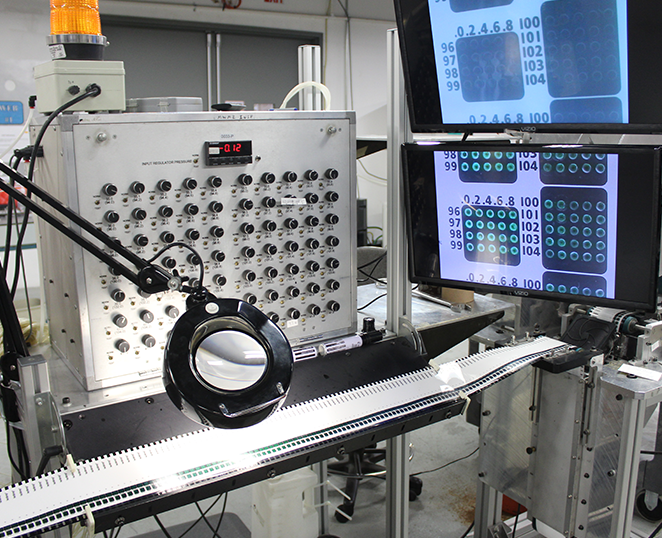Medical Indicators Named a 2021 “Business of the Year” Finalist by NJ BIZ
Medical Indicators, Inc. is honored to be named a 2021 “Business of the Year ” finalist in the 51 – 101 employees category by NJ BIZ. The annual award honors companies and their leaders who strive for excellence, while also contributing to New Jersey’s economic growth and success.
Since its inception in the 1980’s, Medical Indicators has proudly manufactured its clinically accurate, single-use thermometers at its headquarters in New Jersey. Over the years, Medical Indicators has worked to increase production capabilities and expand product offerings to meet the needs of its growing customer base. Now, nearly 40 years later, Medical Indicators has become the largest manufacturer of clinically accurate, single-use thermometers in the world, manufacturing all of its thermometers in the US.
“We attribute our growth and success over the past four decades to the tireless efforts of our employees, the continued support from our customers, and our dedication to manufacturing the safest and most accurate thermometers for our customers,” says Joel Welde, Medical Indicators’ CEO. “Our employees have worked especially hard the past two years to provide our thermometers to hospitals, doctors, corporations, schools, and families around the world throughout the pandemic. I am thrilled that our employees have been recognized for their hard work and dedication with the designation as a Business of the Year finalist by NJ Biz!”
Medical Indicators’ thermometers, including NexTemp®, NexTemp® Ultra, TempaDOT®, and TraxIt®, provide the highest level of accuracy attainable in any thermometer on the market today. And their disposability means that once a temperature is taken, the thermometer and all of the germs are discarded along with it – virtually eliminating the risk of spreading germs and infections.
Finalists for the NJBIZ Business of the Year Awards will be recognized, and winners will be announced, during a virtual celebration on December 14, 2021.





